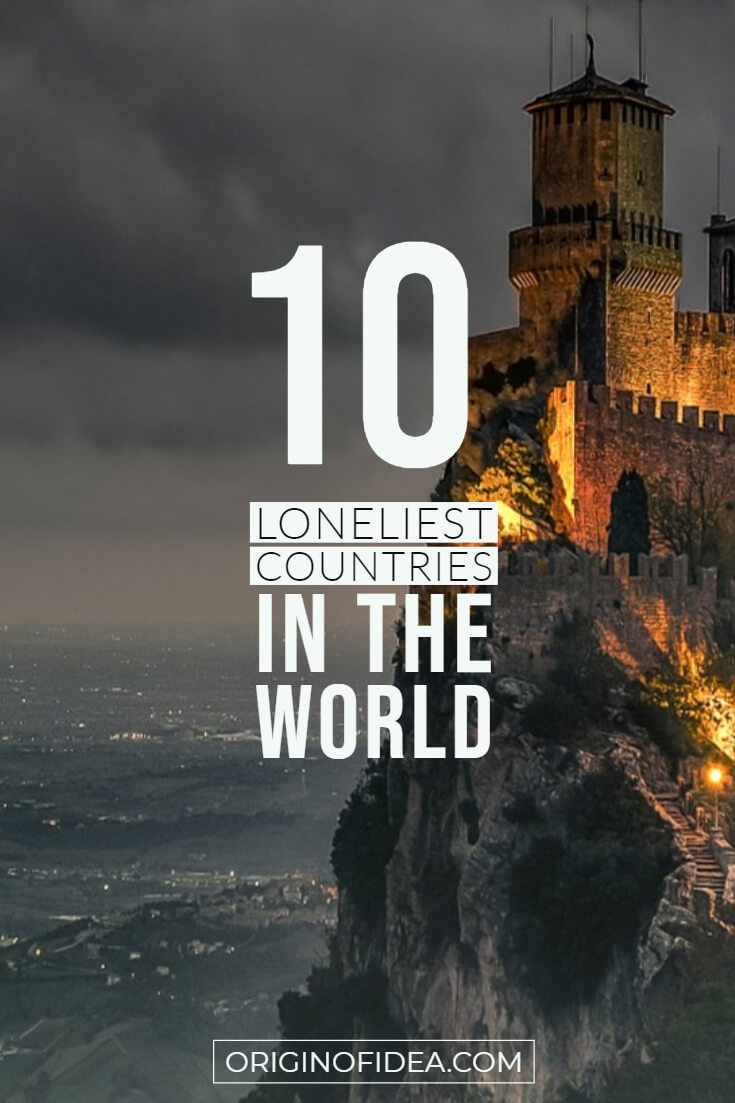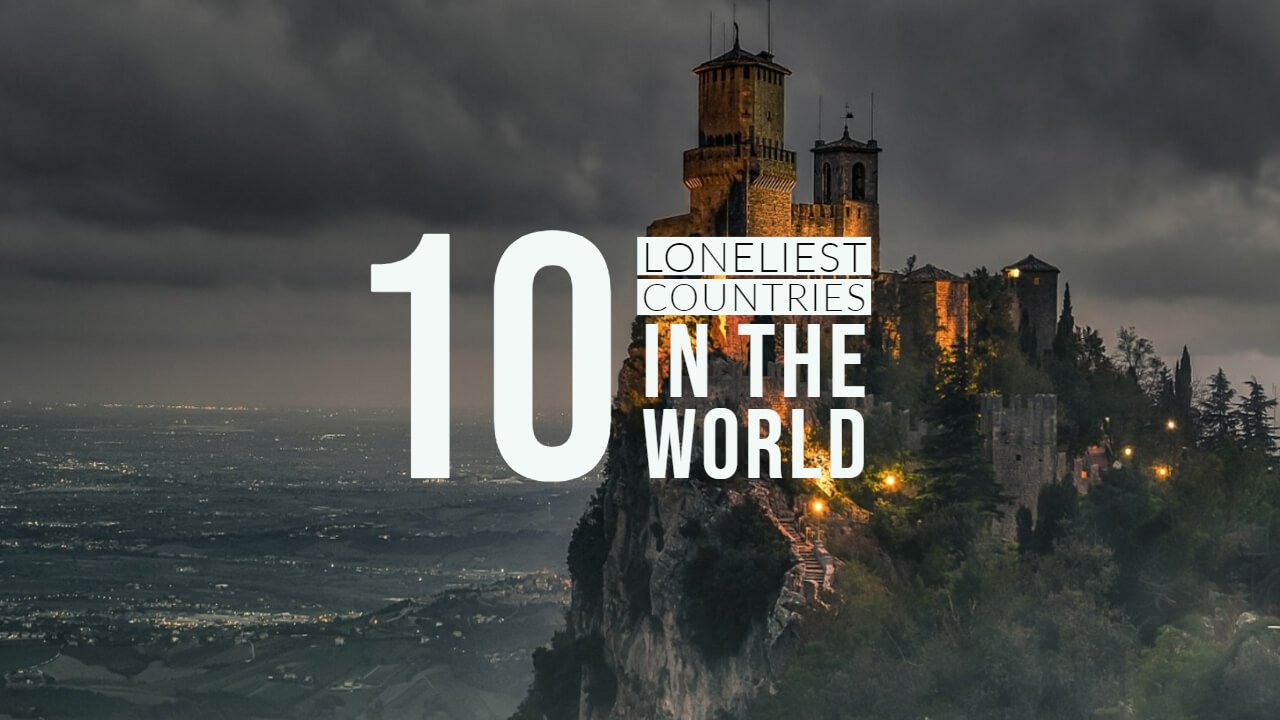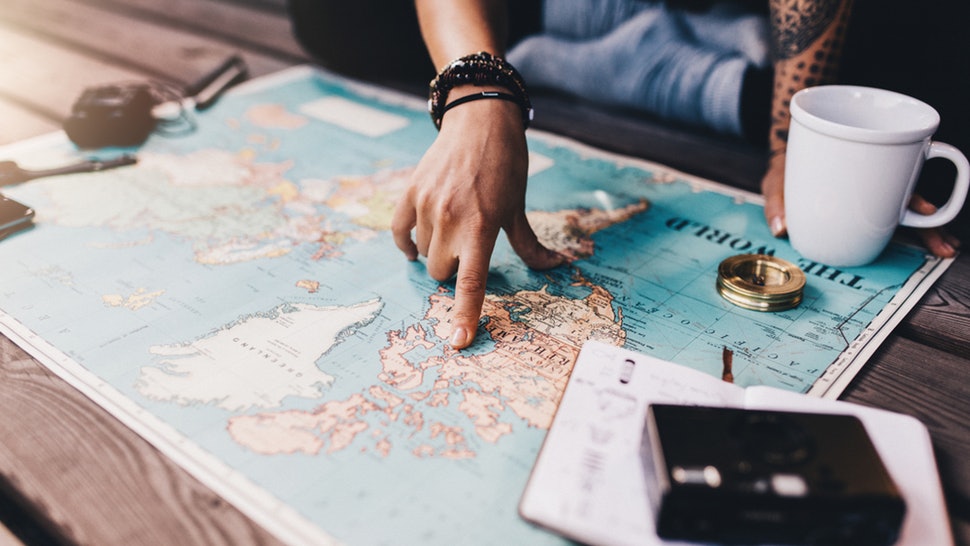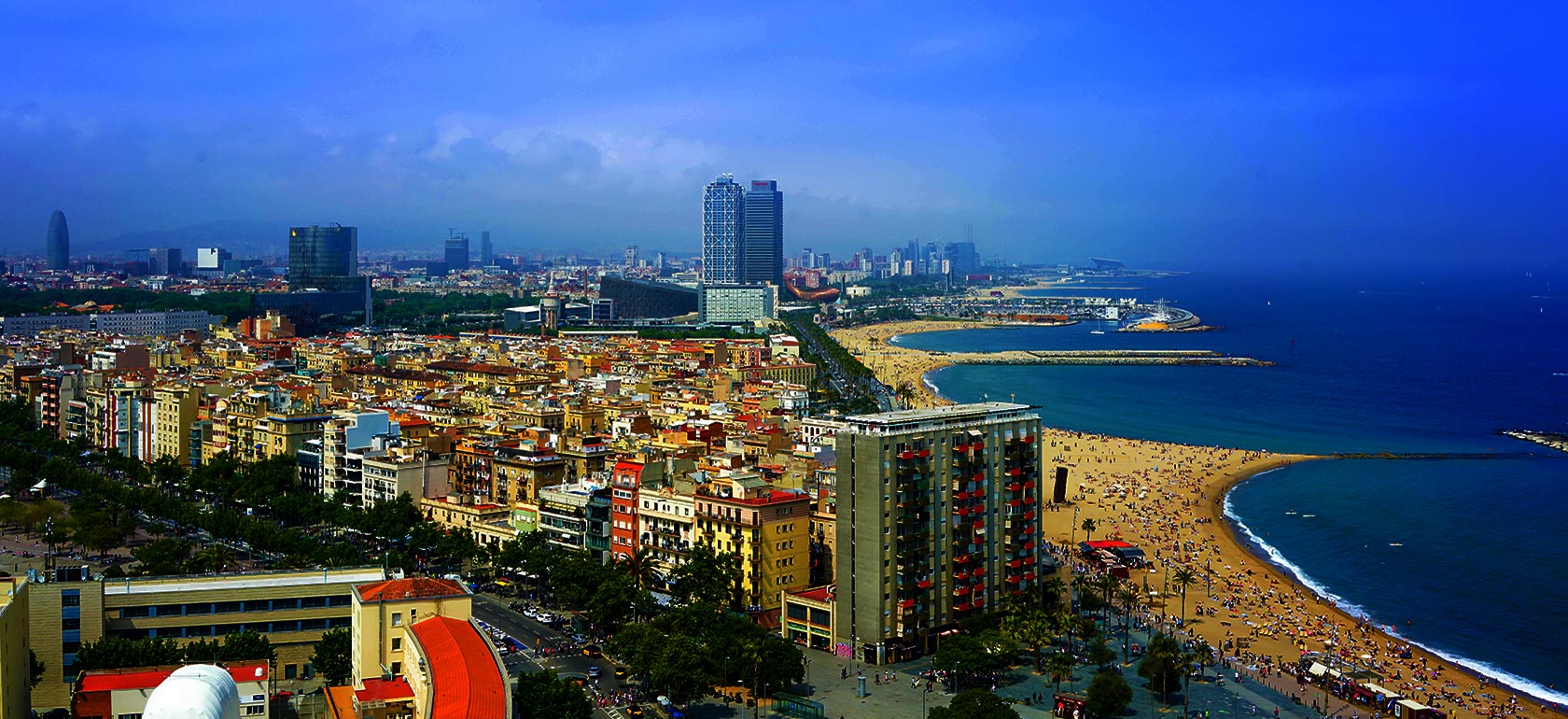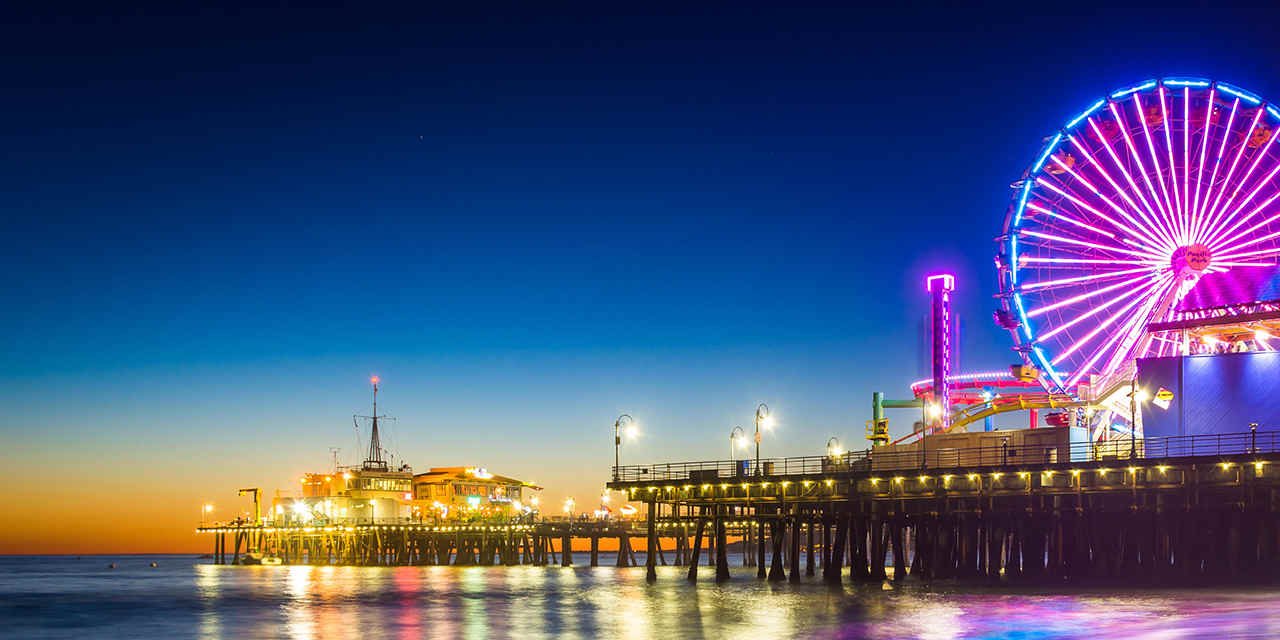Human populations usually huddle around places that are good for agriculture with a source of water nearby. Most great cities were built beside rivers and have economies or resources that attract a growing number of visitors.
When we think of most countries, we imagine large masses of land, an intricate infrastructure of roads, railway networks, crowds of people, and towering buildings. But spare a moment today to take a look at some of the loneliest nations.
10. Dominica
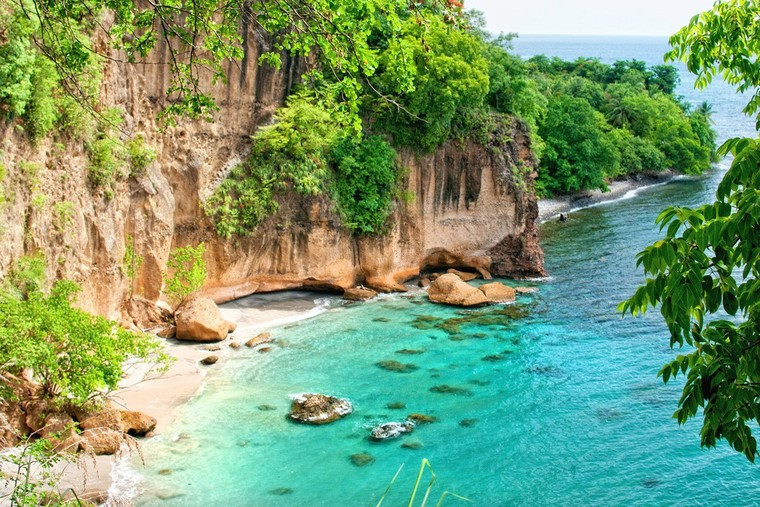
Population- 74,344
The island was originally settled by the Kalinago and later colonized by Europeans, predominantly the French, from the 1690s to 1763.
Christopher Columbus was said to have passed the island, on a Sunday in November 1493, and named it. The name is said to derive from the Latin for “Sunday.”
The Brits took ahold of the island in 1763 and the island gained independence in 1978.
Dominica is known for its outstanding beauty with natural hot springs, lush rainforests, mountains, and rare flora and fauna. The Sisserou parrot, also known as the Imperial Amazon parrot, can only be found in Dominica and is featured on their national flag.
Dominica is a popular tourist destination and much of its economy derives from the tourist industry.
9. St Kitts and Nevis
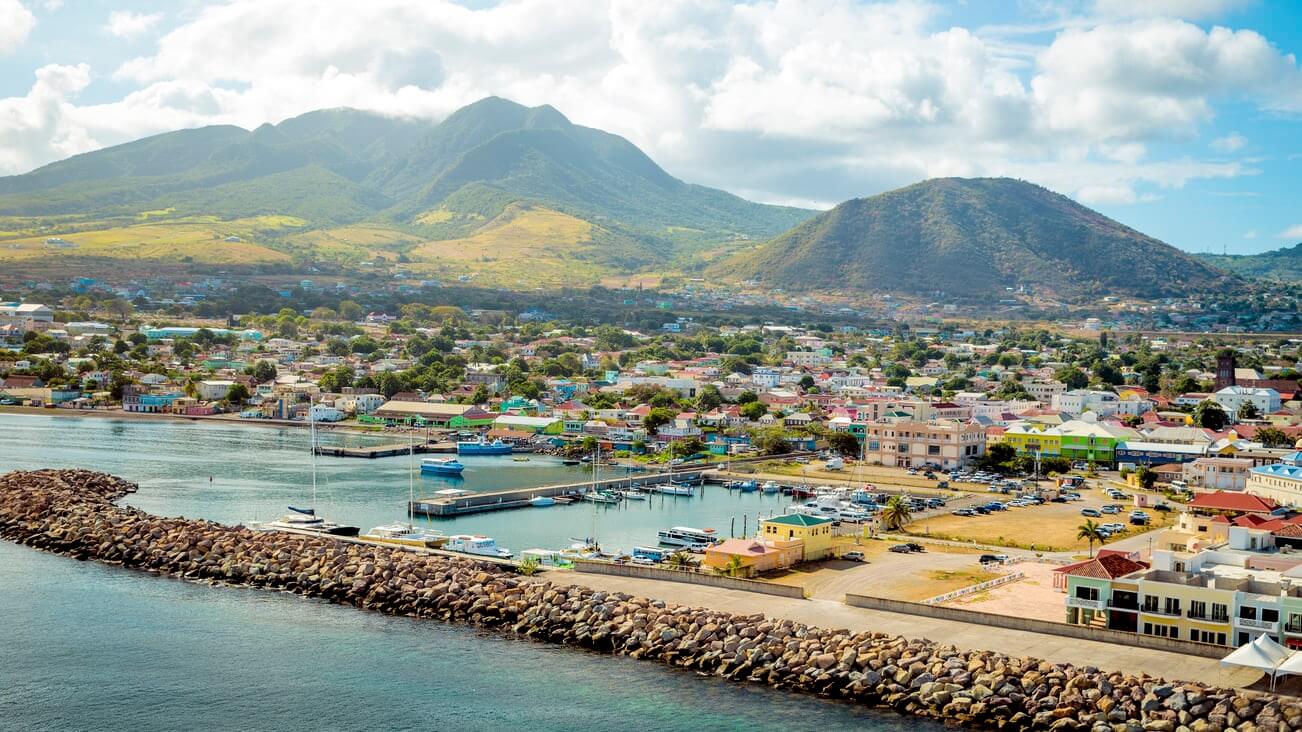
Population- 55,855
Also known as the Federation of Saint Christopher and Nevis, this island country sits in the West Indies and is the smallest sovereign state in the Western Hemisphere in both area and population.
The first people settled on the island 3,000 years ago, and peak native populations were thought to have been around 500 and 600 AD.
In 1623, the English settled on the islands, soon followed by the French. Both the French and the English later agreed to partition the island.
In 1626, the Anglo-French settlers joined forces and massacred the native Kalinago people. Fast forward to the late 17th century, and the French and English fought for control of the island, resulting in the French ceding their territory in 1713.
In 1967, Saint Kitts and Nevis became an associated state and became fully independent in 1983. The economy is mainly comprised of tourism, agriculture, and light manufacturing industries.
8. Marshall Islands
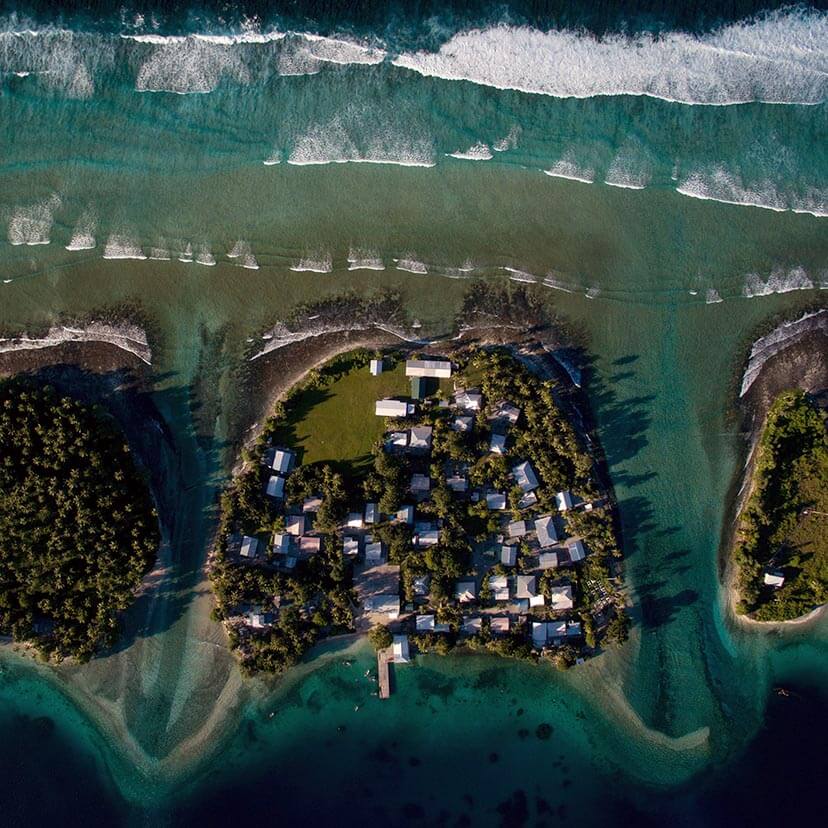
Population- 53,170
The Marshall Islands covers a total land space of less than 175 miles and is an island country near the equator in the Pacific Ocean.
Micronesian colonists reached the islands in canoes around 2,000 BC, and the islands were first explored by Europeans in the 1520s.
The Spanish claimed the islands in 1592, and later sold the islands to Germany in 1885. During World War two, the USA took control of the islands and used them for nuclear testing from 1946 to 1958.
The Trust Territory of the Pacific Islands in 1979 handed independence to the Marshall Islands. With not much in the way of natural resources, the island’s economy is based on service industries, along with some agriculture and fishing. Aid from the USA provides a large part of the island’s GDP, and their currency is the US dollar.
7. Monaco

Population- 38,911
Located on the French Riviera, Monaco is a sovereign city-state country with a land area of just .8 sq miles (2 square km).
Monaco has one of the smallest populations in the world, but is also bizarrely one of the most densely-populated sovereign states.
It has a reputation as a playground for the rich and famous, owing to its favorable tax laws for the well-heeled playboy.
In 2014, 30% of the population was comprised of millionaires, making it one of the richest and least populated countries in the world.
6. Liechtenstein
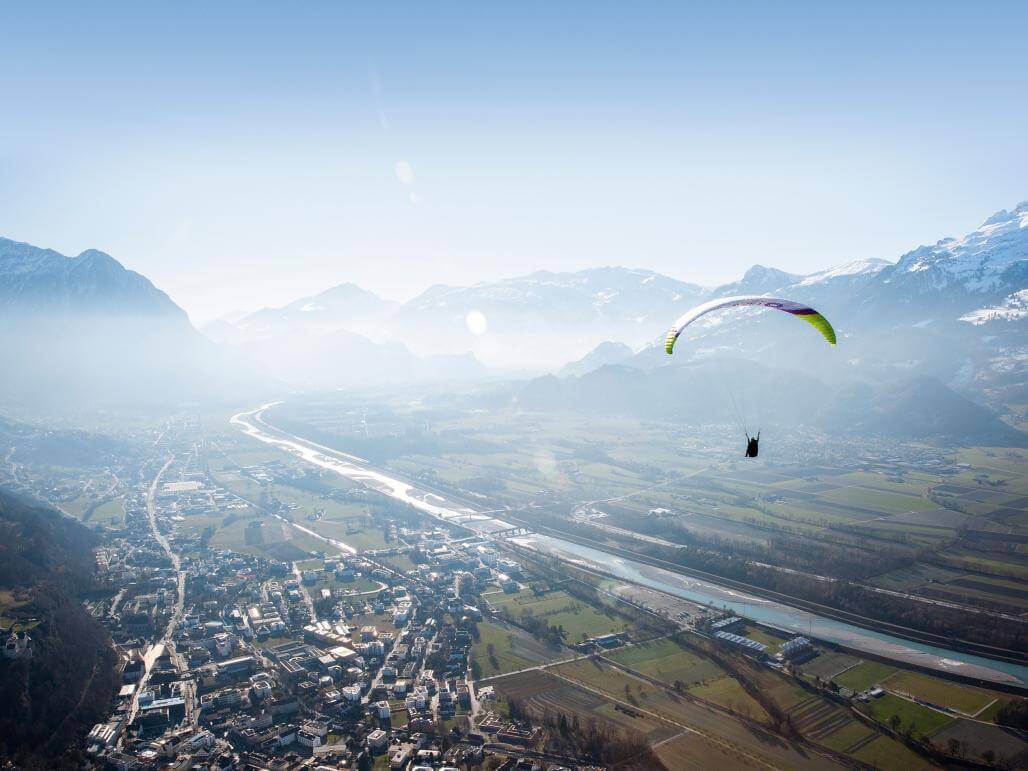
Population- 38,171
Another super-rich micro-state, Liechtenstein is bordered by Switzerland to the west and south, and Austria to the east and north. It covers an area of just over 61 sq miles (160 square km), and is the fourth-smallest country in Europe.
Like Monaco, Liechtenstein has one of the highest GDP per person rates in the world, as well as one of the lowest unemployment rates.
The economic devastation caused by the war led the country to join a customs and monetary union with Switzerland.
The Prince of Liechtenstein is one of the world’s wealthiest monarchs with a net worth estimated to be in the region of $3.5 billion.
5. San Marino
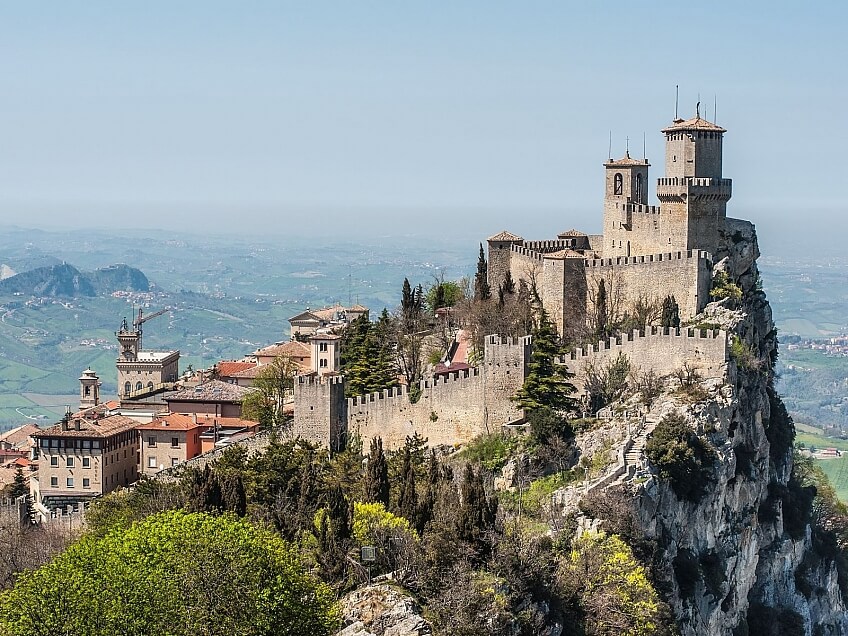
Population- 33,568
San Marino is small in size as well as population, with a land mass of 38 miles (61 km).
A series of six books written in Latin in the 16th century act as the country’s constitution, and it is thought to have the earliest governing constitution still in effect.
The economy here is comprised of tourism and financial services, and its one of the wealthiest countries in the world in terms of GDP per capita.
San Marino has no national debt and a budget surplus along with low unemployment figures.
It is the only country in the world to have more motor vehicles than people. They also have one of the smallest armies in the world.
The Guard of the Rock patrol and defend San Marino’s borders in their distinctive green and red uniforms.
4. Palau
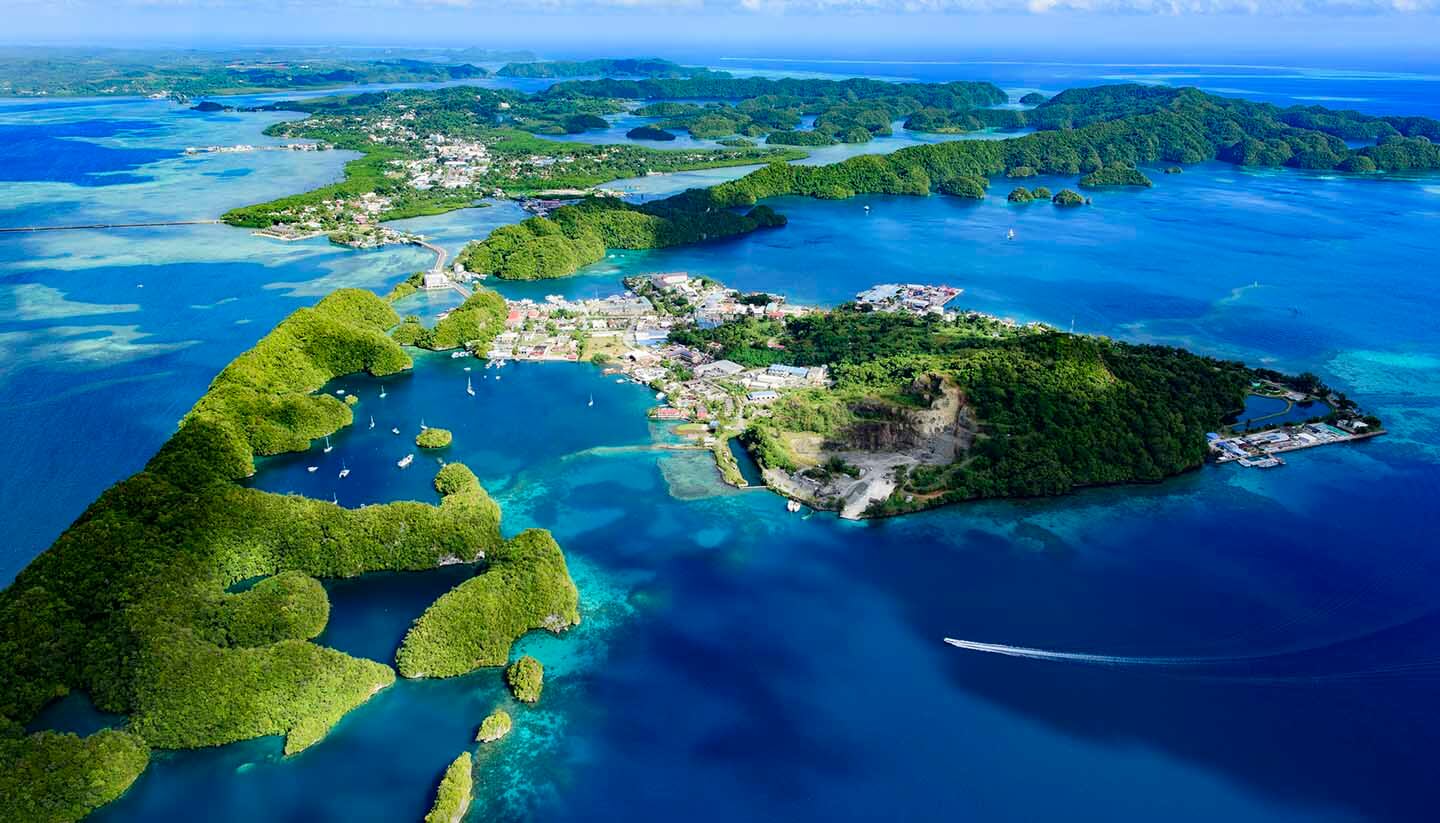
Population- 21,980
Located in the western Pacific Ocean, this country is made up of somewhere in the region of 340 islands and has an area of 180 miles (466 km). Migrants from the Philippines settled on Palau 3,000 years ago.
The islands were discovered by Europeans in the 16th century, and were annexed into the Spanish East Indies in 1574. Following the Spanish-American war, the islands were sold to Germany in 1899 under terms set out by the German-Spanish treaty.
The League of Nations passed on the islands to the Japanese after the First World War, and it was here that the major battle of Pelejiu was fought between the Japanese and the Americans.
The islands gained full independence in 1994. The country’s economy relies on tourism, fishing, farming, and foreign aid.
3. Nauru
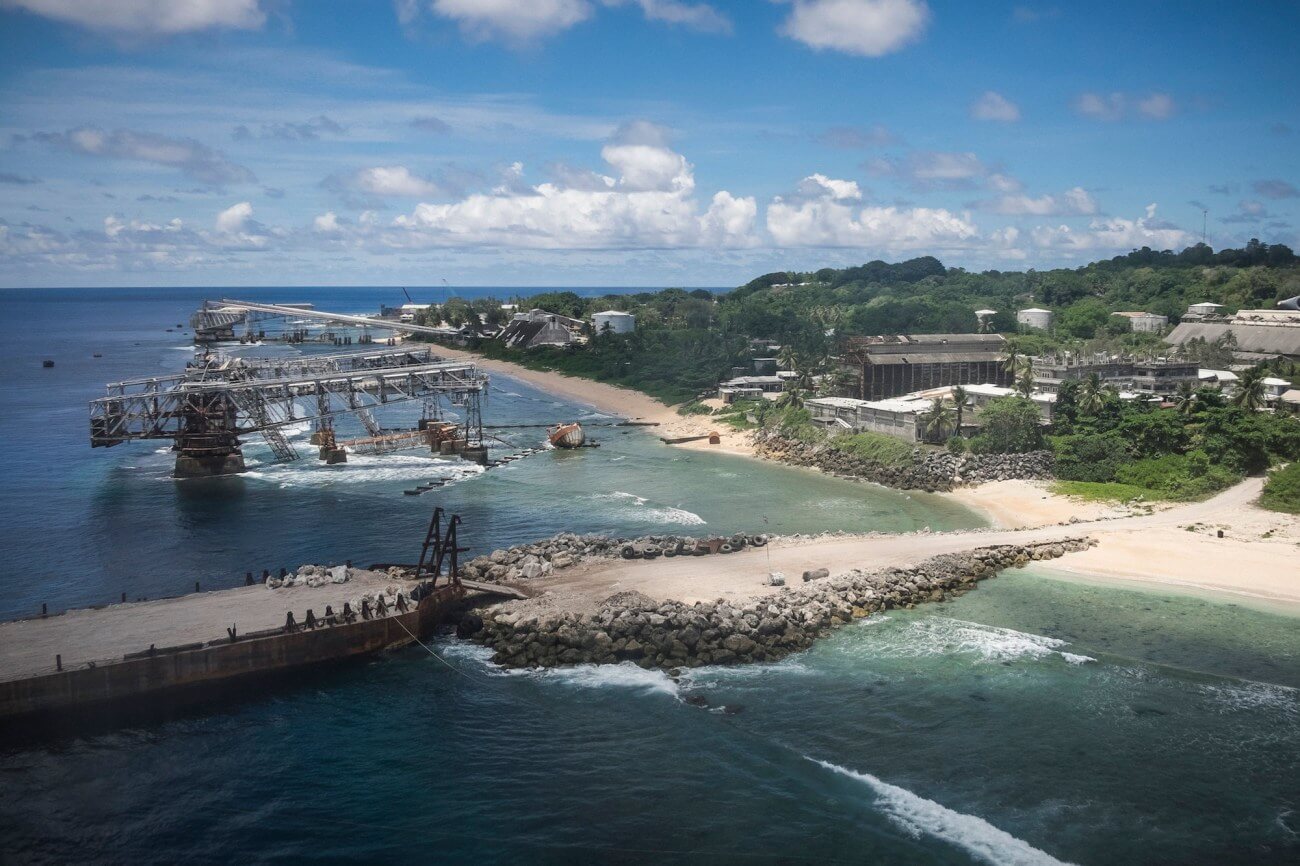
Population- 11,309
The republic of Nauru, formaly called Pleasant Island, is an island country in Oceania right in the center of the Central Pacific. Nauru is the third smallest state by population, and the third smallest state by area in the world.
The first settlers here were from Micronesia and Polynesia around 1,000 BC. Snatched from the Germans in the late 19th century after the First World War, the Island was administered by Australia, New Zealand, and the United Kingdom. Nauru became fully independent in 1968.
During the late 1960s and early 1970s, Nauru had the highest per-capita income rate of any sovereign state in the world, owing to a rich supply of phosphate.
When this reserve was exhausted, and the environment damaged by mining, the island transformed into a tax haven destination and has been linked with illegal money laundering.
2. Tuvalu
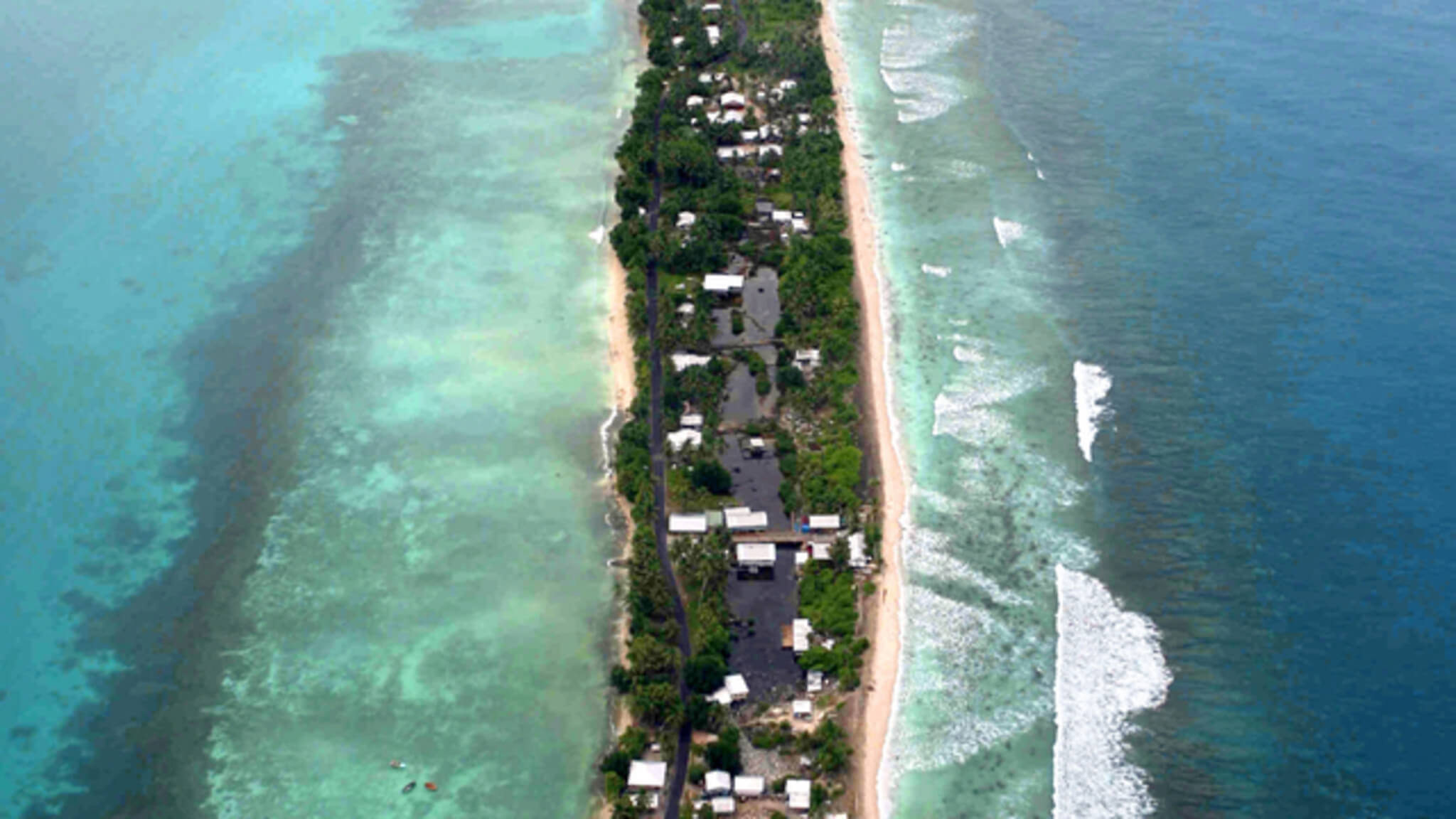
Population- 11,294
Formally known as the Ellice Islands, Tuvalu, having gained independence from the United Kingdom in 1978, is the second smallest country in the world in terms of population size.
Tuvalu is located to the east of Australia in the Pacific Ocean, about midway between Hawaii and Australia, and close to Nauru as well as Fiji.
The first European to sail through the islands was the Spanish navigator Alvaro de Mendana. The islands came under Britain’s influence in the late 19th century.
A referendum in 1974 determined that the Ellice Islands should have their own administration, and Tuvalu became fully independent on October 1st, 1978.
The Tuvalu traditional social system still survives. Each family member has its own task inside the community, such as fishing or house building. A traditional meeting is held regularly, where important matters are discussed, and song and dance are still important parts of their culture.
1. Vatican City
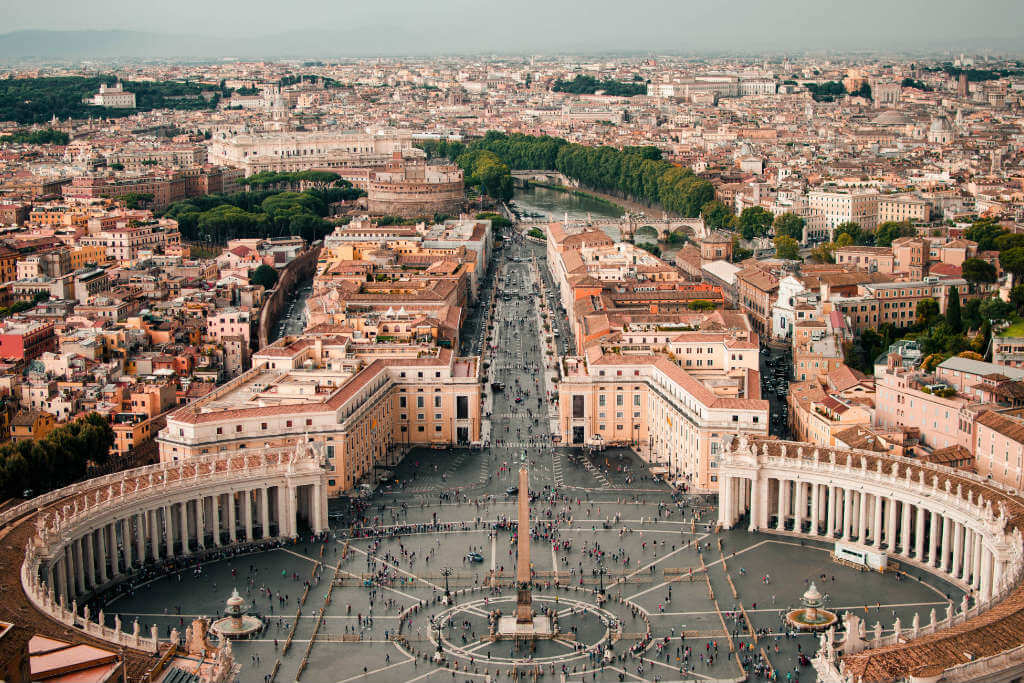
Population- 801
With a population of under 1,000 people, the Vatican has, by far, the smallest population of any country, and it is also the smallest country in terms of land area.
The whole city and country is less than ½ a square mile in size, and boasts a population of 800 people plus the pope.
This independent state sits within the city of Rome, and is an ecclesiastical state ruled by the pope. Within the City are some of the most cultural, religious and artistic sites in the world. The Sistine Chapel, St Peter’s Basilica, and the Vatican Museums can all be found here.
The economy of Vatican City is supported by the sale of postage stamps, publications, and various catholic memorabilia on sale to the public who visit here.
